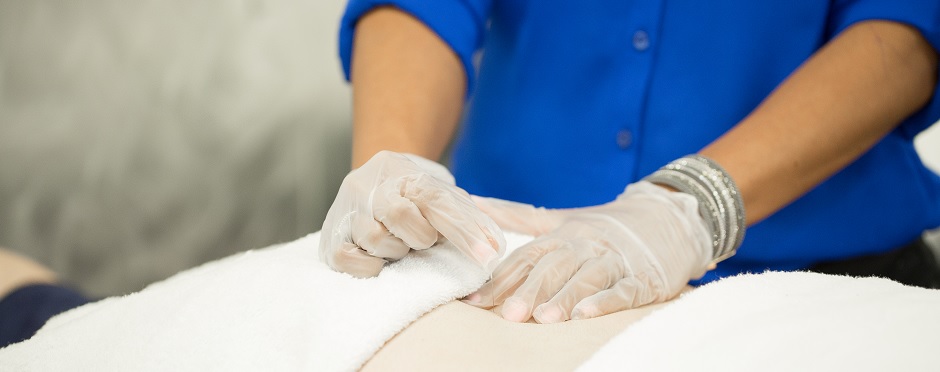
How Much Do You Know About Dry Needling?
Leave a CommentDry needling is a technique that is gaining in popularity. We understand that there is a lot of information available, sometimes this information is conflicting or confusing. We hope to be able to answer your questions as simply as we can. Let’s take a look at some common questions about dry needling.
1. Is anything injected during dry needling?
Answer: No. The needles used during dry needling do not inject or draw any fluid from the body. The needles used are very small in diameter or very thin compared to a needle you may think of when you get blood drawn at the doctor’s office.
2. Dry needling can help with trigger points. What is a trigger point?
Answer: A. A trigger point is a tight band in a muscle that can disrupt the function of that muscle, possibly limiting the range of motion. A trigger point can have pain over the area and can refer pain to nearby areas.
3. Dry needling is the same as acupuncture.
Answer: False. Dry needling and acupuncture are two completely different treatment techniques that both happen to use the same tool, a thin needle, with the aim of pain management. Both methods require training to perform, but the principles behind the treatments can vary significantly with dry needling using a Western medicine-based approach. Physical therapists at Athletico may perform dry needling if they have undergone the proper training.
4. Dry needling is a treatment you only need one time.
Answer: False. Dry needling is usually a part of a larger treatment plan. The number of dry needling sessions is individually based. If dry needling is recommended for your treatment, your physical therapist will discuss their recommendations with you, and as a team, you can decide the best plan for your treatment.
5. Dry needling can help this condition:
Answer: F. all of the above and more. Dry needling has been shown to be beneficial in treating many muscle pain syndromes. Dry needling can help improve the flexibility of muscles and can help with pain.
We hope this quiz helped answer some of the top questions about dry needling. If you have more questions or are interested in finding a clinician trained in this technique, reach out to your nearest Athletico location to request a free assessment and learn more.
The Athletico blog is an educational resource written by Athletico employees. Athletico bloggers are licensed professionals who abide by the code of ethics outlined by their respective professional associations. The content published in blog posts represents the opinion of the individual author based on their expertise and experience. The content provided in this blog is for informational purposes only, does not constitute medical advice and should not be relied on for making personal health decisions.
References:
1. Dunning J, Butts R, Mourad F, Young I, Flannagan S, Perreault T. Dry needling: a literature review with implications for clinical practice guidelines. Phys Ther Rev. 2014;19(4):252-265. doi:10.1179/108331913X13844245102034
2. American Physical Therapy Association (APTA). Physical Therapists and the Performance of Dry Needling: An Educational Resource Paper. Virginia: APTA Public Policy P, and Professional Affairs Unit; 2012
